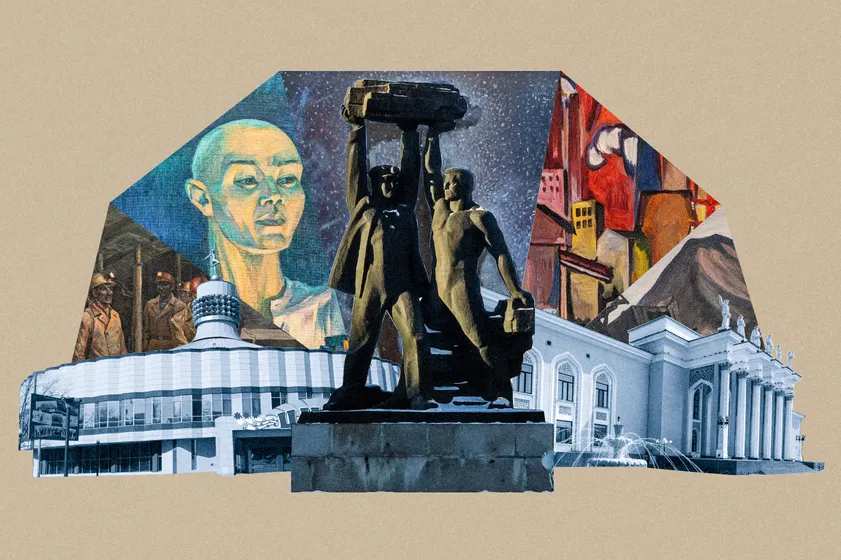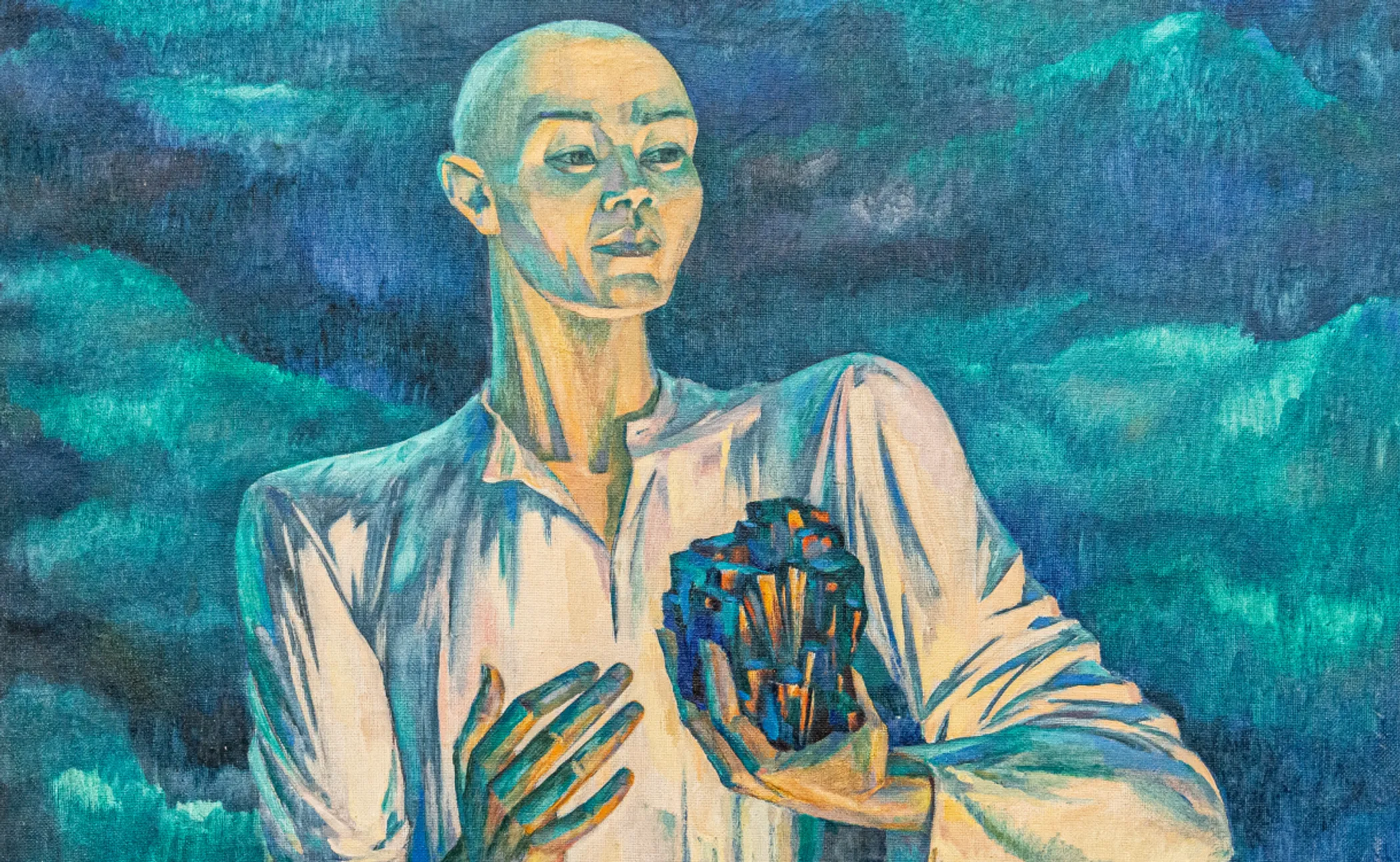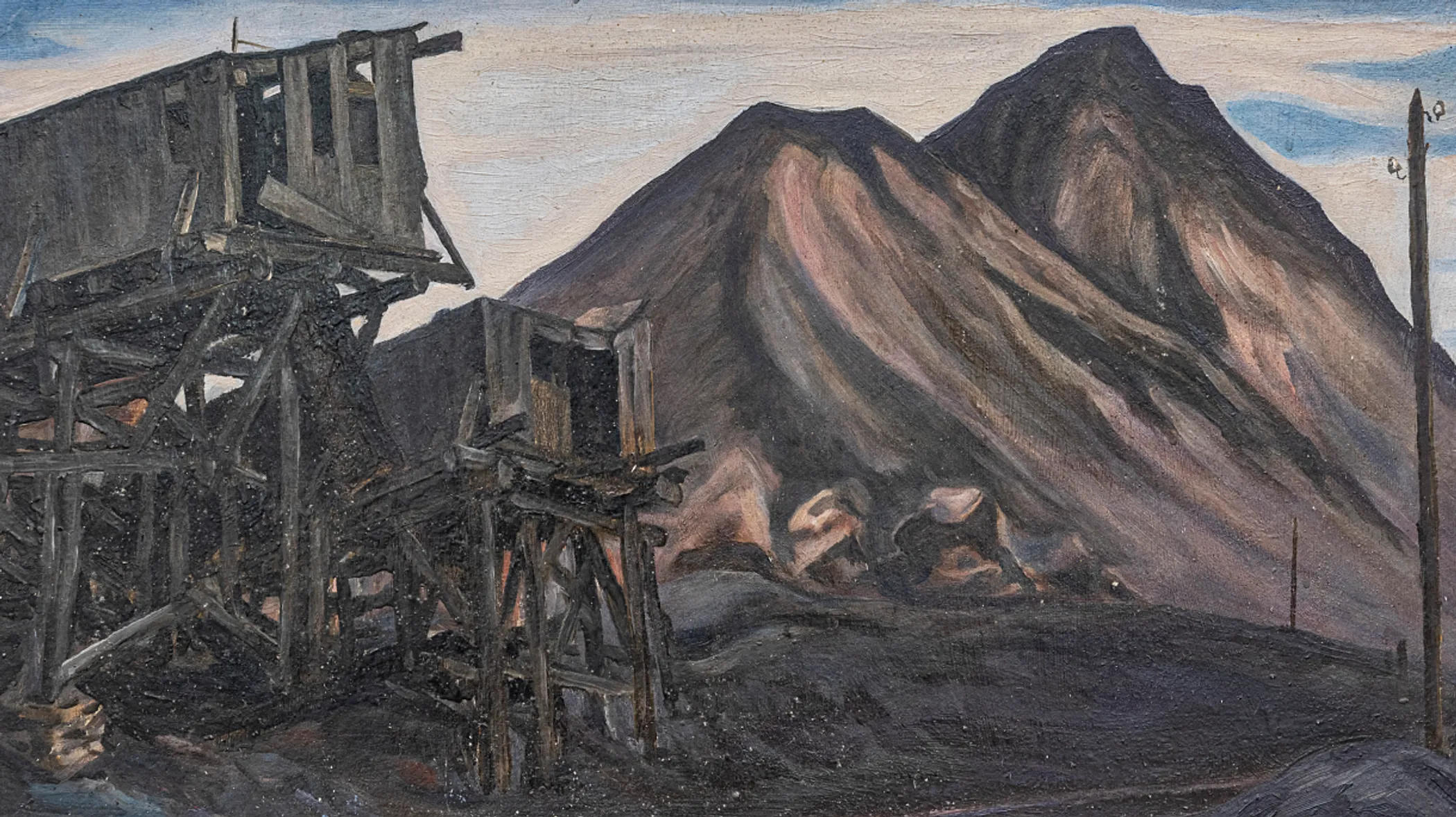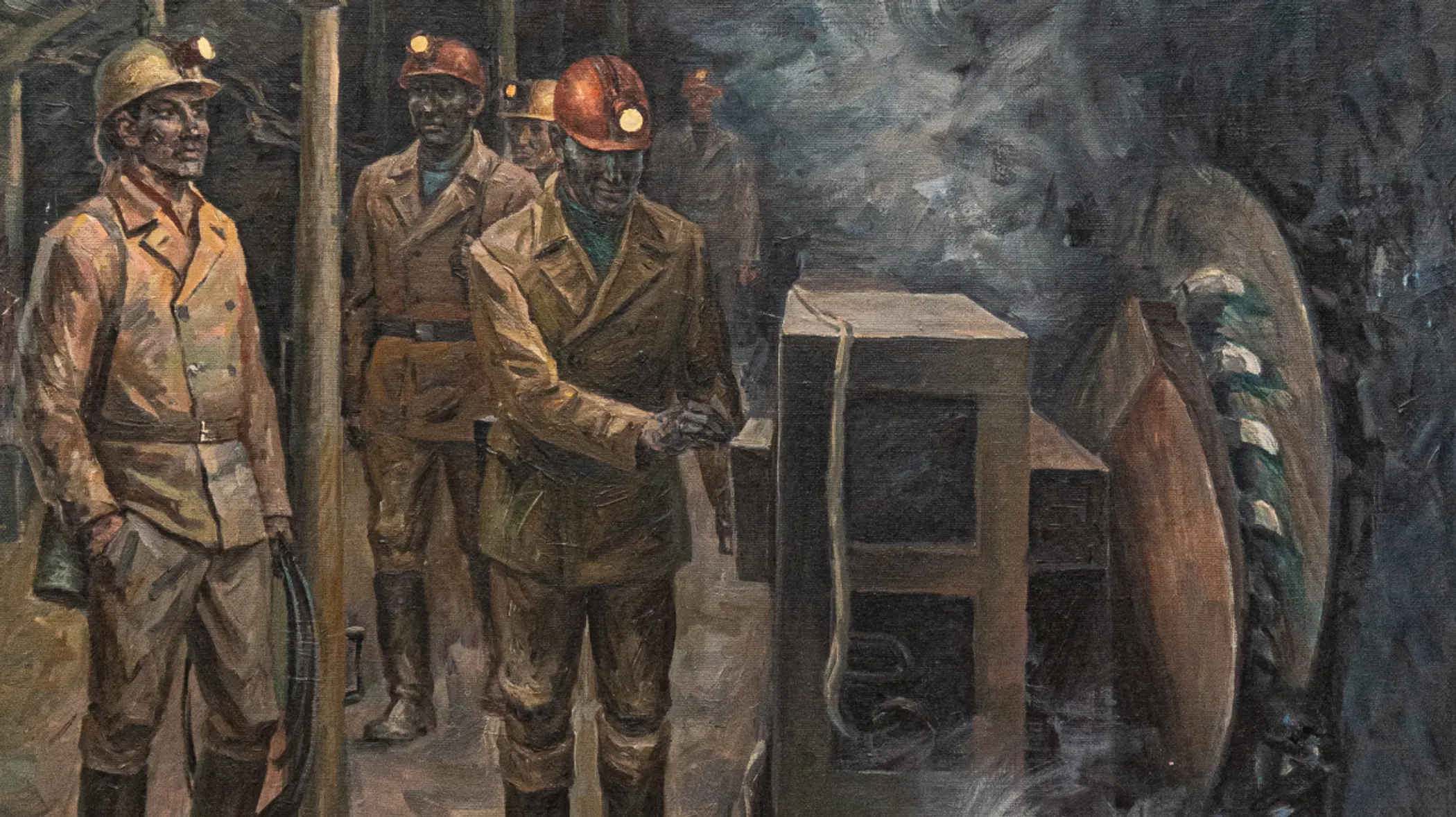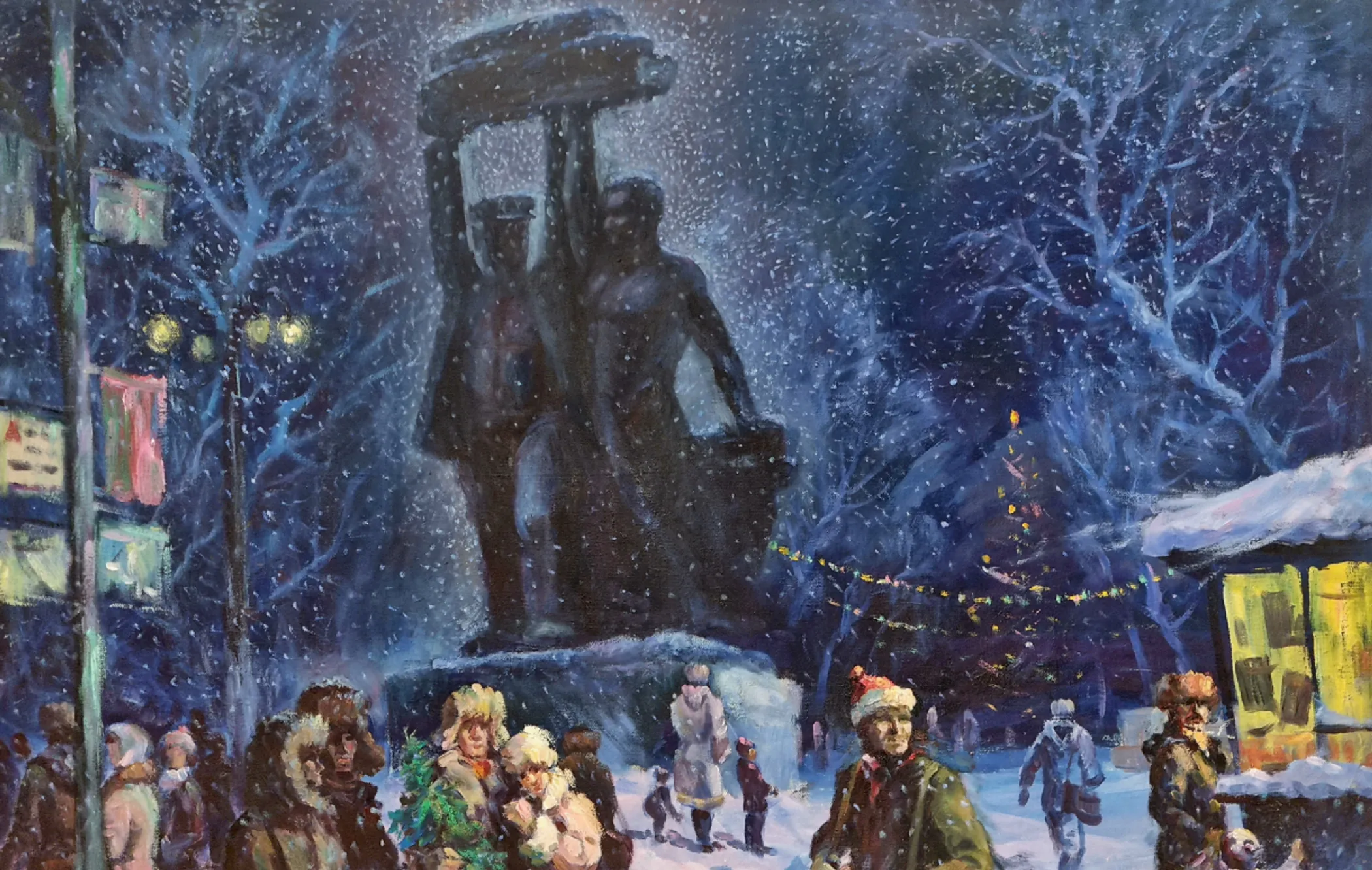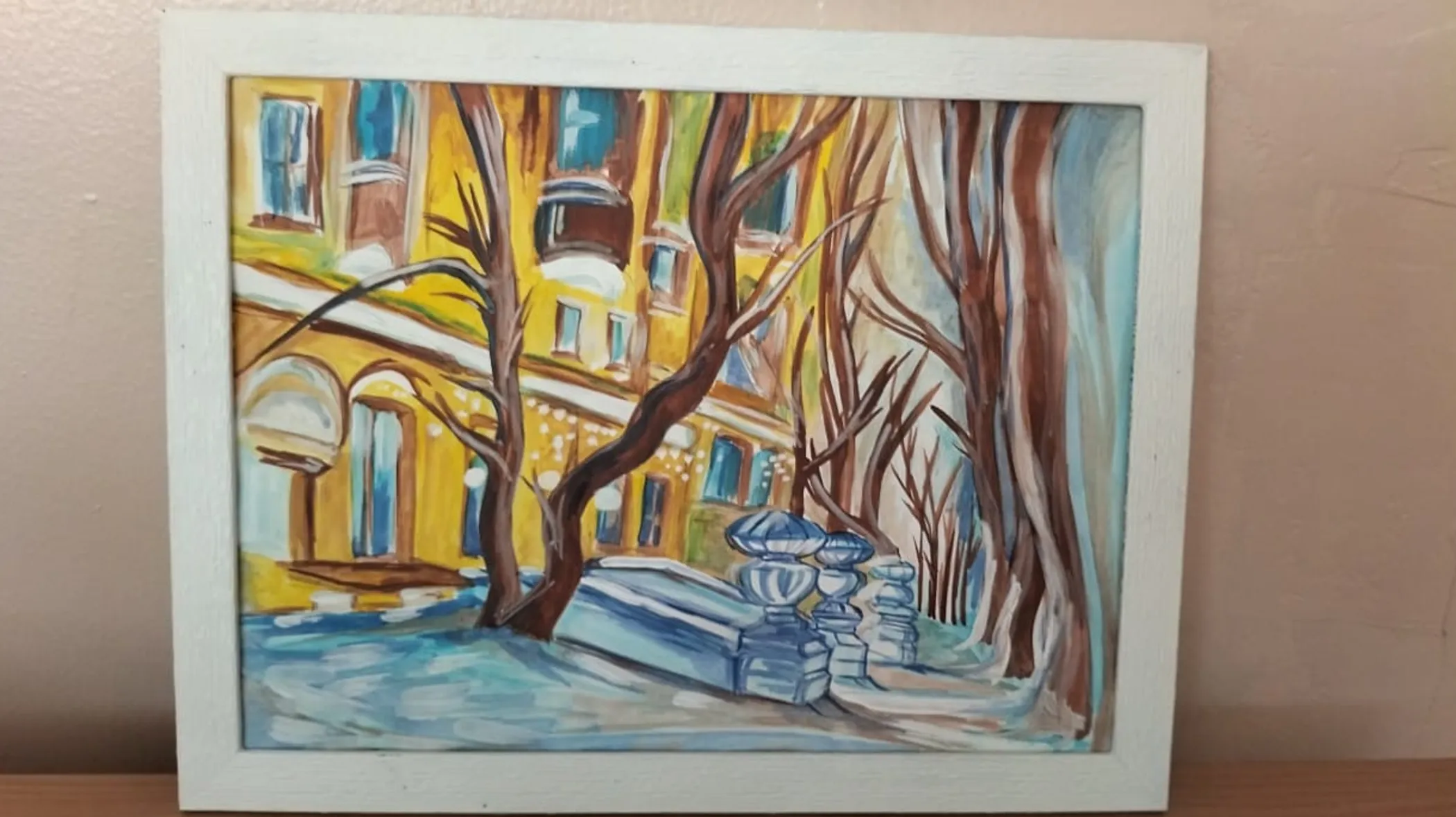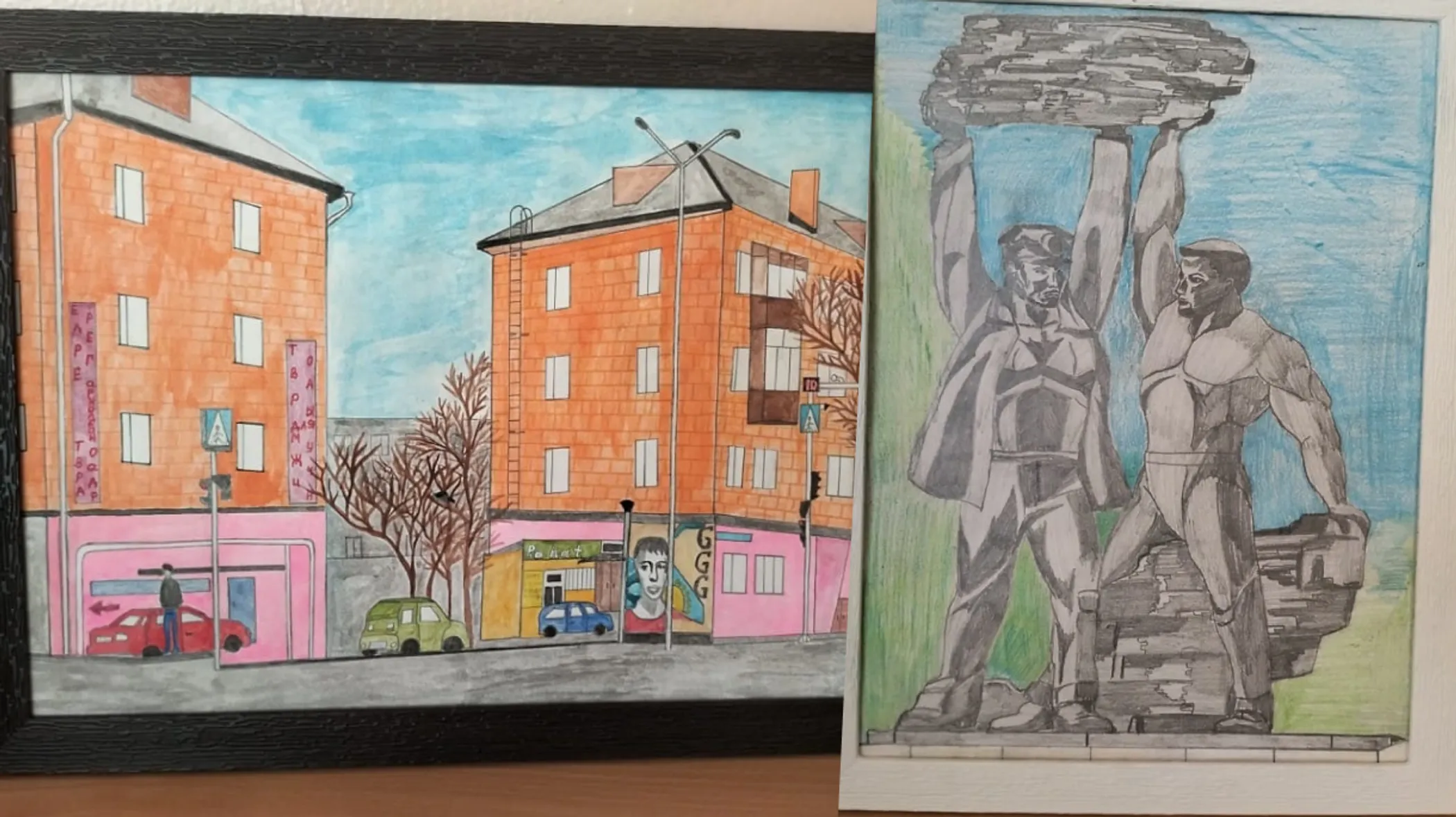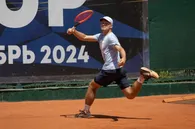On February 10, the city of Karagandy marked its 90th birthday. While the city is widely known for its massive industrial heritage — the Karagandy coal basin is one of the largest in the world — it is also famous for being the creative powerhouse of art. In fact, this year the Karagandy Artists’ Union also celebrates an anniversary, 60 years since it was created in 1964.
Fascinated with the bond between the art and the city, we talked with Bibigul Kudabaeva, the head of the Museum of Fine Arts of Karagandy Region. Having worked at the Museum for over two decades, she has spent the last 12 years curating its diverse collection and engaging audiences in the exploration of local art.
Bibigul Kudabaeva told QazMonitor about some of the museum’s latest exhibitions and most importantly how Karagandy is reflected in the art pieces of different periods.
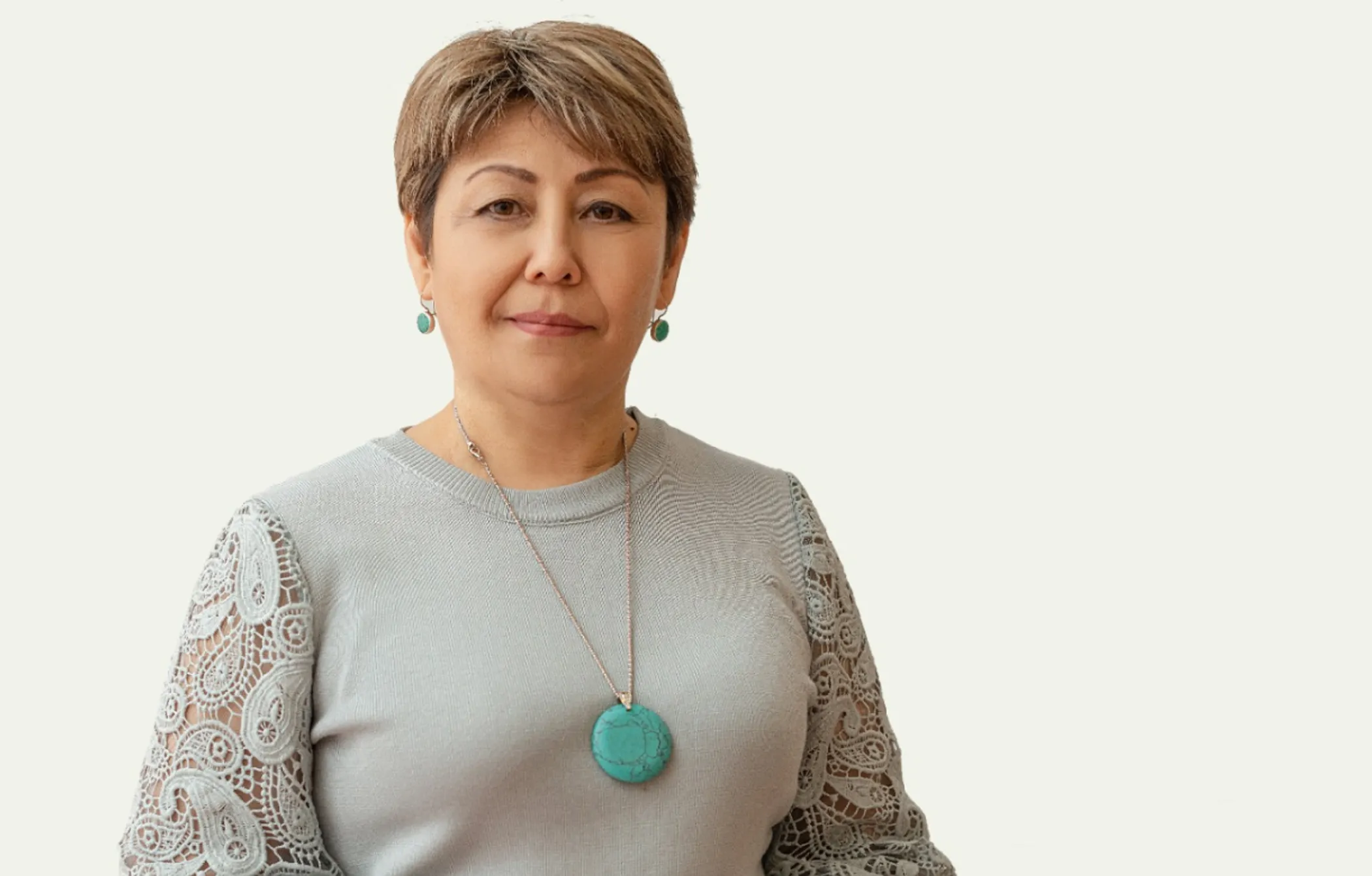
How often does the Museum of Fine Arts host events and exhibitions dedicated to the city?
We will hold such exhibitions throughout 2024. They are usually organized annually on February 10th, celebrating the City Day. In August-September, the museum will present two more exhibitions, Workers of Karaganda and Miner’s Everyday Life presenting a collection from the funds of the museum.
Could you tell us about the works presented in the exhibitions dedicated to the city’s 90th anniversary?
In January, there was an exhibition of works from the museum’s collection. It featured Karagandy artists — chroniclers of the city, the pioneers of its fine art. The exhibition displayed paintings, graphic art, and sculptures. And then in early February, we had an exhibition of art pieces created by children from one of the city’s boarding schools — drawings of historical places and models of the city's renowned structures.
How did the fine art of Karagandy change from one period to another?
It’s important to note that It began in the 1930s–40s with the arrival, or rather, the involuntary arrival of some artists there, to the notorious Karlag [one of the largest Gulag labor camps - QM]. I’m talking about prominent artists from Moscow, Leningrad, and other places who established the first art schools here. This is where the fine art of the city of Karaganda came from. It led to the establishment of first studios and art clubs, which opened the path to new artists who played a role in the development of fine arts in Karagandy.
Realism prevailed in the early period, reflecting the reality of that era. Now, of course, the works include avant-garde, contemporary art [...] applying audio and visual tech — installations, various reflections of reality using completely different techniques, and entirely new genres. Naturally, over time, the artist’s vision changes, and so does their work.
How can the history of the city be categorized in terms of periods, looking at the works of the authors?
The first period is, of course, the period of formation of the city itself, the very beginning. Karagandy is the mining capital of Kazakhstan. It was the third-largest coal basin in the whole USSR. Therefore, distinguishing phases would be the period of active mining labor in our city; the establishment, industrialization, and development of Karaganda. Hence, the modern period depicts the newer city objects that exist in the city today.
The public is fascinated with such exhibitions, especially young people because many places in the city have changed drastically. You can find these old [untouched] locations in the works of artists. Also, the mining industry is now much less active than it once was. The activity of some industrial and production facilities in Karaganda has been reduced. Some have completely drained their productive capacity and closed down and can only be seen in the paintings. Changes in the formation and development of our city surely attract visitors.
Could you give an example?
For example, one of the oldest artists — Andreyuk Pavel Stepanovich — he painted the public’s favorite corners of the old city — once there was Lenin Street, Peace Boulevard, which has been renamed. These parts of the city are depicted in the works. They still exist in our city, they are recognizable. So, it is captivating to observe how the artist shows the angle of a particular place and then see how it looks today.
The majority of local artists are the chroniclers of Karagandy. This art has historical and archival value. It means that not only these pieces should be treated as something beautiful but also as works of historical significance for the study of the development and formation of the city.
You mentioned two exhibitions earlier. Is there anything in common between works by professional artists and children?
I would like to say that such a comparison is impossible, and these works should not be compared. But at the same time, there is one common feature. Children are also little chroniclers of the city. In their worlds, they tend to depict what they see around them. To some extent, they continue the work of professionals, reflecting the storyline of the modern city of Karagandy.
